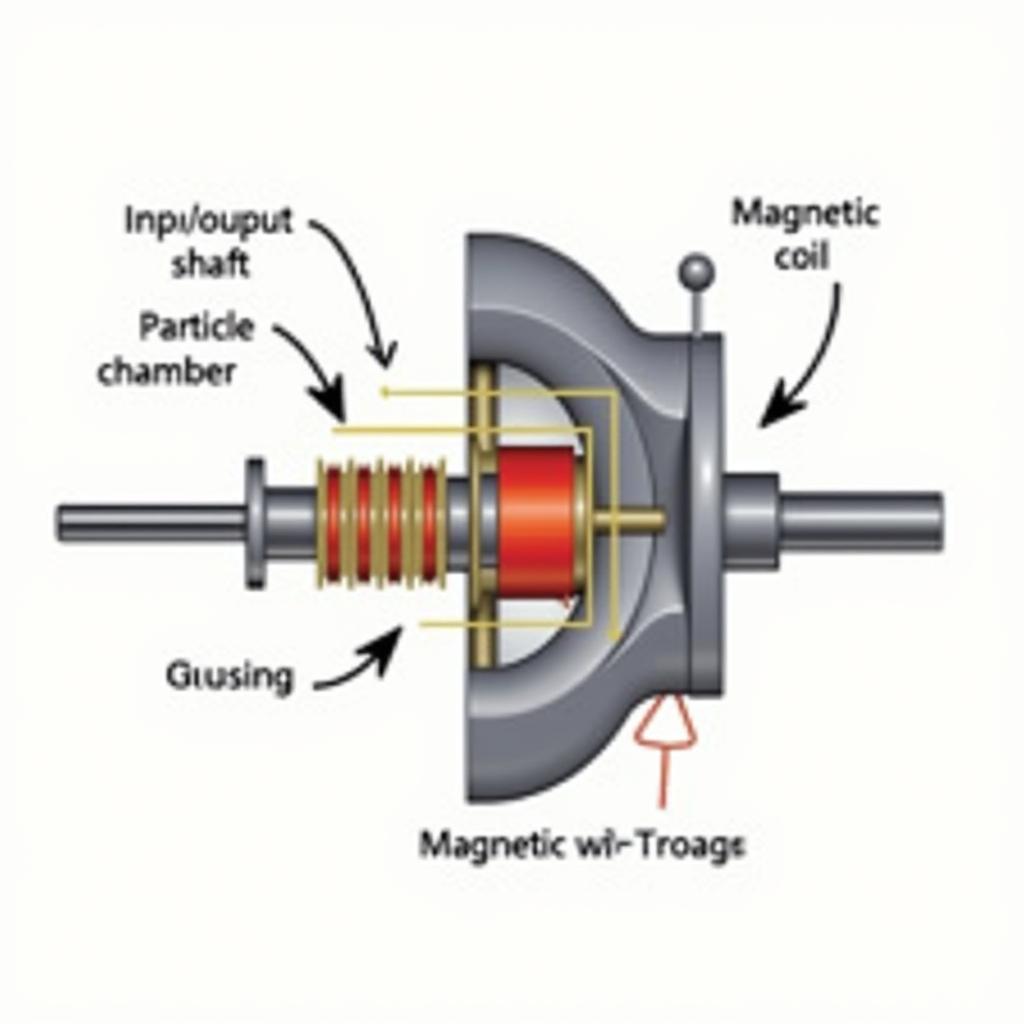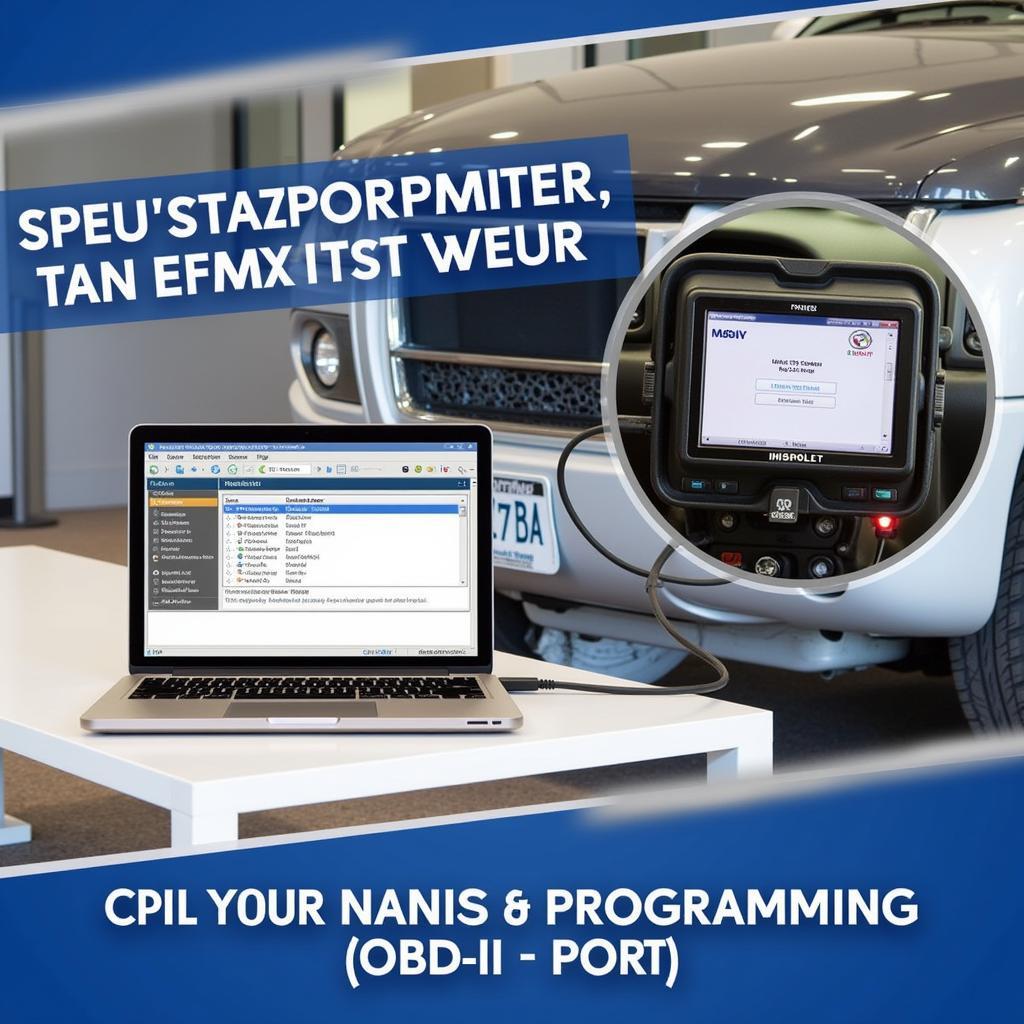Jumping a dead DeWalt battery can seem like a quick fix, but it’s crucial to understand the risks and proper procedures. While it might work temporarily, it can significantly shorten the battery’s lifespan and even pose safety hazards. This guide will explore safer alternatives and explain when and how to jump a DeWalt battery if absolutely necessary, along with essential safety precautions.
Understanding DeWalt Battery Technology
DeWalt batteries utilize advanced lithium-ion technology, providing high power and long runtimes. These batteries have sophisticated internal circuitry that regulates charging, discharging, and protects against overloads. Attempting to jump-start a dead DeWalt battery bypasses these safety mechanisms and can damage the battery cells, potentially leading to overheating, fire, or even explosion.
Why You Should Avoid Jumping a Dead DeWalt Battery
The internal components of a DeWalt battery are designed to work within specific voltage and current parameters. Jumping a dead battery forces a surge of power that can stress these components, degrading their performance over time. This can lead to reduced battery capacity, shorter runtimes, and ultimately, a prematurely dead battery.
- Damage to Battery Cells: The sudden influx of power can damage the delicate chemical balance within the battery cells.
- Overheating and Fire Hazard: Bypassing the battery’s internal protection can lead to excessive heat buildup, potentially causing fire or explosion.
- Voiding the Warranty: Jumping a dead battery can void your DeWalt warranty.
Safer Alternatives to Jumping a DeWalt Battery
Instead of resorting to potentially dangerous jump-starting methods, consider these safer alternatives:
- Use a Compatible Charger: The most reliable way to revive a dead DeWalt battery is to use the correct DeWalt charger. This ensures the battery receives the appropriate voltage and current for optimal charging and longevity.
- Check Battery Terminals for Corrosion: Corroded terminals can prevent proper charging. Clean them with a wire brush or baking soda and water solution.
- Allow the Battery to Cool Down: If the battery is hot, let it cool down before attempting to charge it. Overheating can affect charging performance.
Troubleshooting a DeWalt Battery That Won’t Charge
If your DeWalt battery isn’t charging, there might be other issues besides a simple discharge.
- Faulty Charger: Try using a different DeWalt charger to rule out a charger problem.
- Damaged Battery: If the battery is physically damaged or excessively old, it may need replacement.
- Internal Battery Issues: Internal circuitry problems might require professional servicing.
How to Jump a Dead DeWalt Battery (If Absolutely Necessary)
If you absolutely must jump a dead DeWalt battery as a last resort, proceed with extreme caution and follow these steps:
- Gather the Necessary Equipment: You’ll need a power source with a similar voltage output to your DeWalt battery, along with appropriate wires and alligator clips.
- Identify the Battery Terminals: Carefully identify the positive and negative terminals on both the dead DeWalt battery and the power source.
- Connect the Wires: Connect the positive wire from the power source to the positive terminal of the dead battery. Then, connect the negative wire from the power source to the negative terminal of the dead battery.
- Briefly Apply Power: Apply power for only a few seconds, just enough to potentially give the battery a small boost. Do not leave the power connected for extended periods.
- Disconnect the Wires: Immediately disconnect the wires after applying power.
- Attempt to Charge the Battery: Try charging the DeWalt battery with its designated charger.
Warning: Jumping a DeWalt battery carries inherent risks. This method should only be used as a last resort in emergency situations and with extreme caution.
“Jumping a lithium-ion battery is like playing with fire. It can work, but it’s extremely risky and can cause serious damage,” says Robert Johnson, a Senior Electrical Engineer specializing in battery technology.
Conclusion
While jumping a dead DeWalt battery might seem tempting in a pinch, it’s generally not recommended due to the potential risks. Safer alternatives like using the correct charger or checking for corrosion are always preferable. If you must resort to jumping, exercise extreme caution and follow the steps outlined above. Remember, prioritizing battery health and safety is crucial for optimal performance and longevity.
FAQ
- Can I use a car battery to jump a DeWalt battery? No, using a car battery is highly dangerous due to the significant voltage difference and could result in fire or explosion.
- How long should I jump-start a DeWalt battery? Only for a few seconds. Prolonged connection can damage the battery.
- What should I do if my DeWalt battery doesn’t charge after jump-starting? It’s likely the battery has sustained damage and needs replacement.
- Is it safe to jump-start a DeWalt battery multiple times? No, repeated jump-starting will significantly shorten the battery’s lifespan and increase the risk of damage.
- Why is my DeWalt battery dying so quickly? Possible reasons include old age, overuse, or damage to the battery cells.
- How can I extend the lifespan of my DeWalt batteries? Store them in a cool, dry place, avoid extreme temperatures, and use the correct charger.
- Where can I get my DeWalt battery repaired or replaced? Contact an authorized DeWalt service center or retailer.


